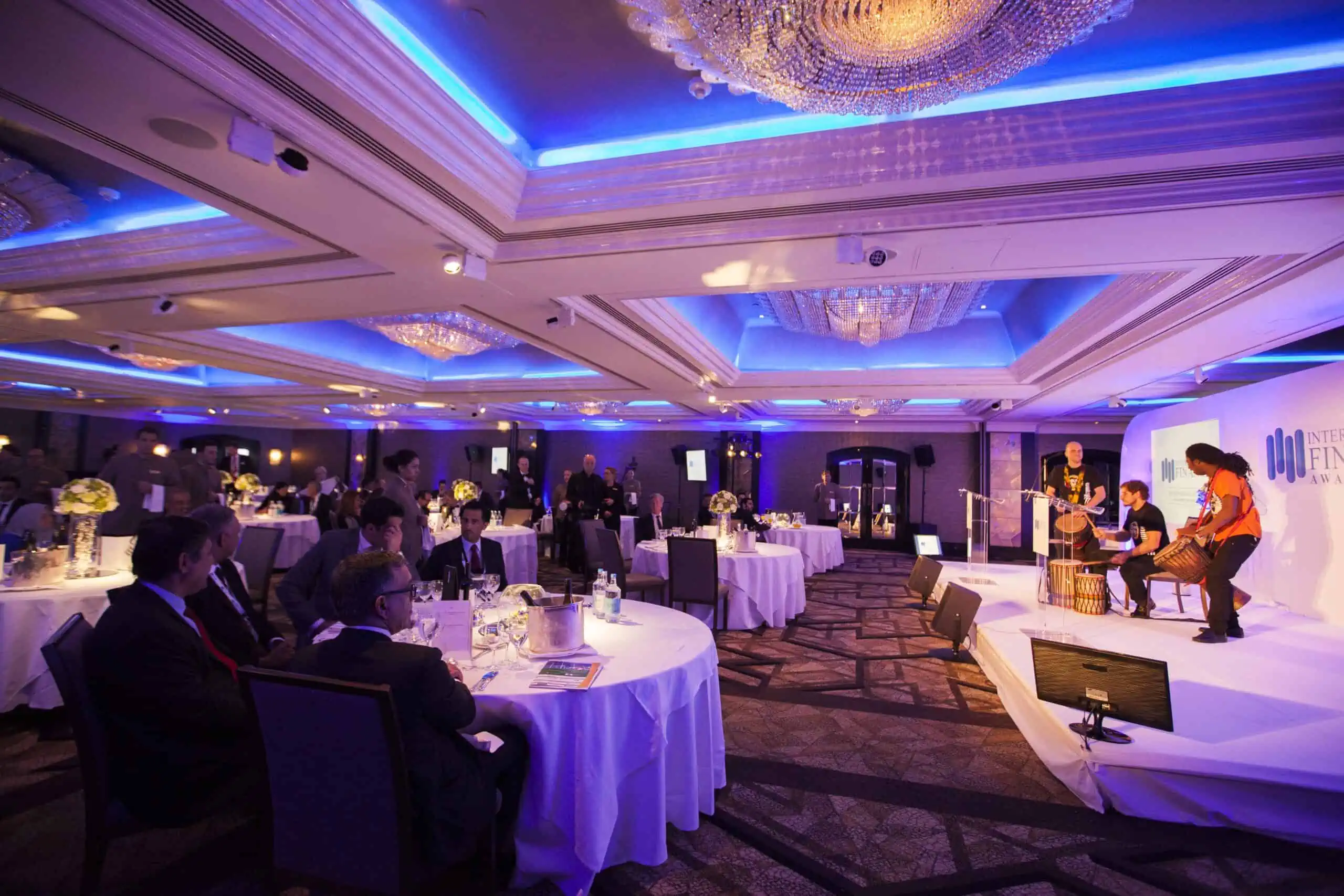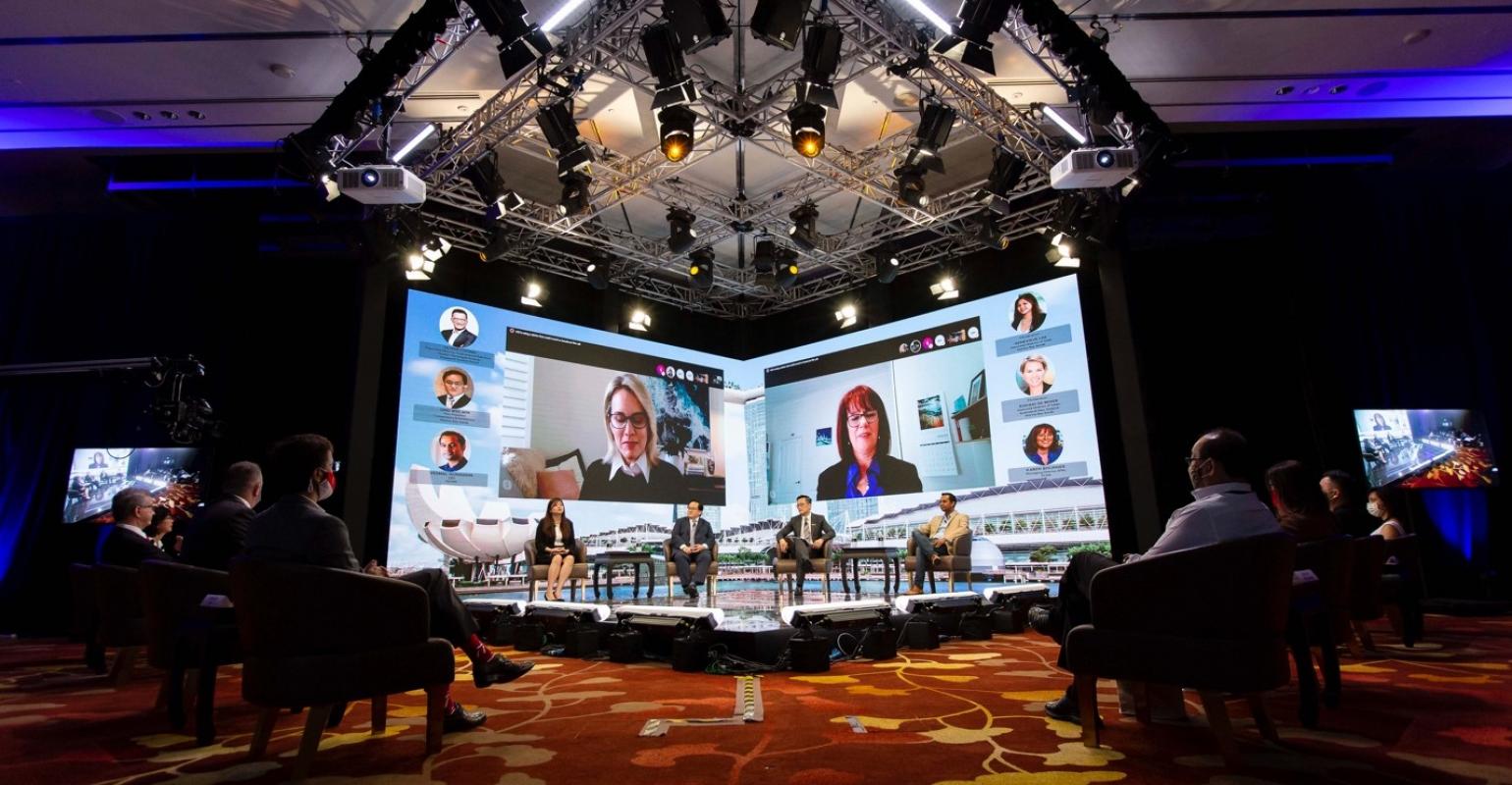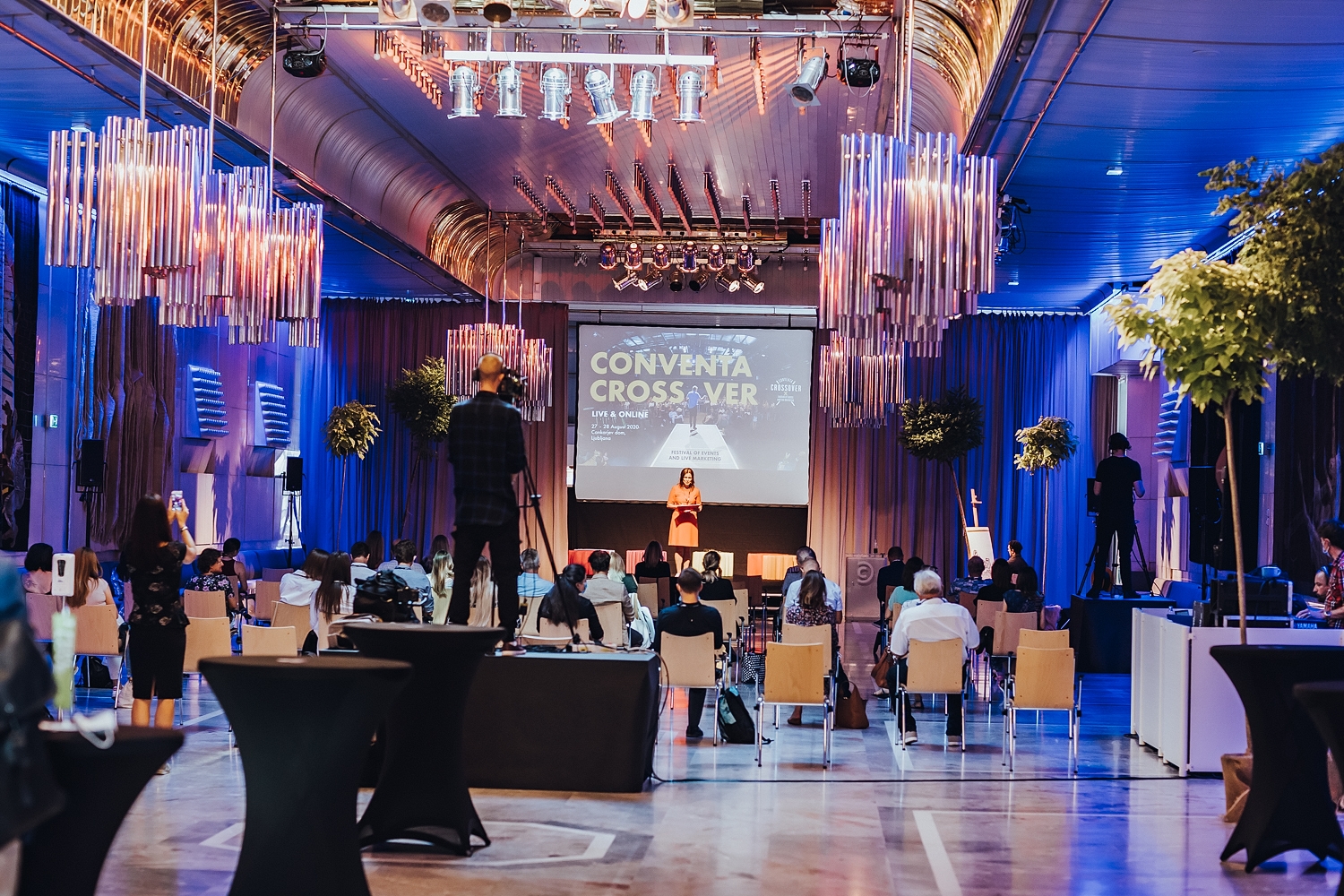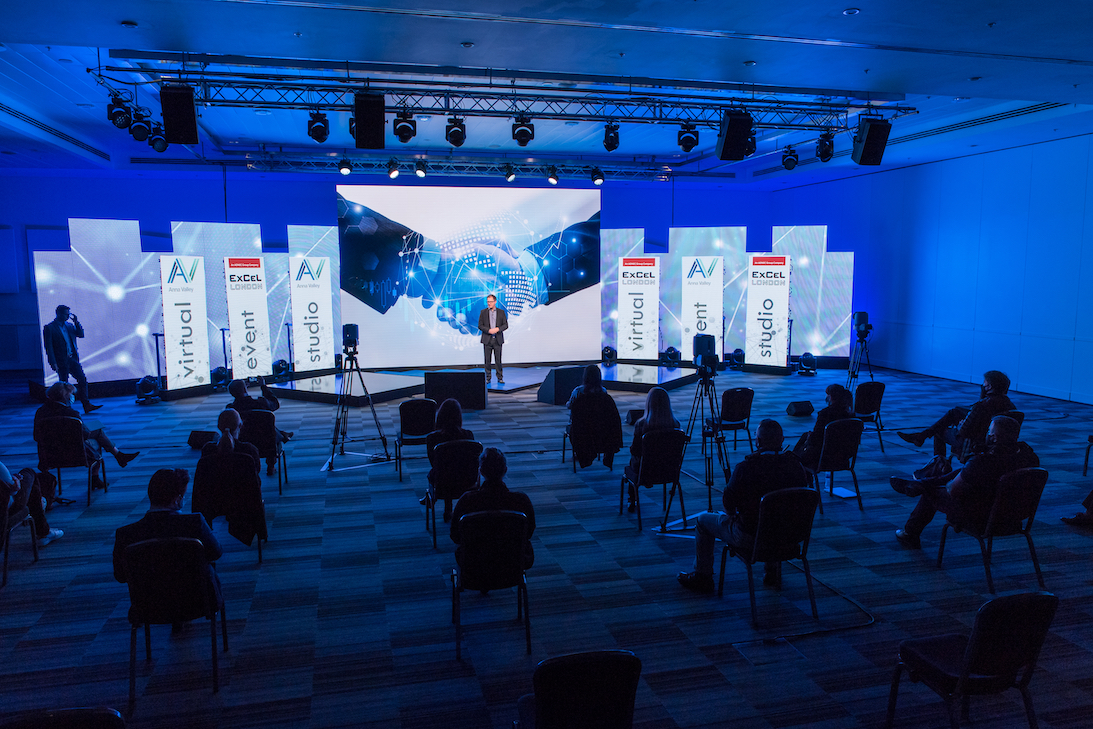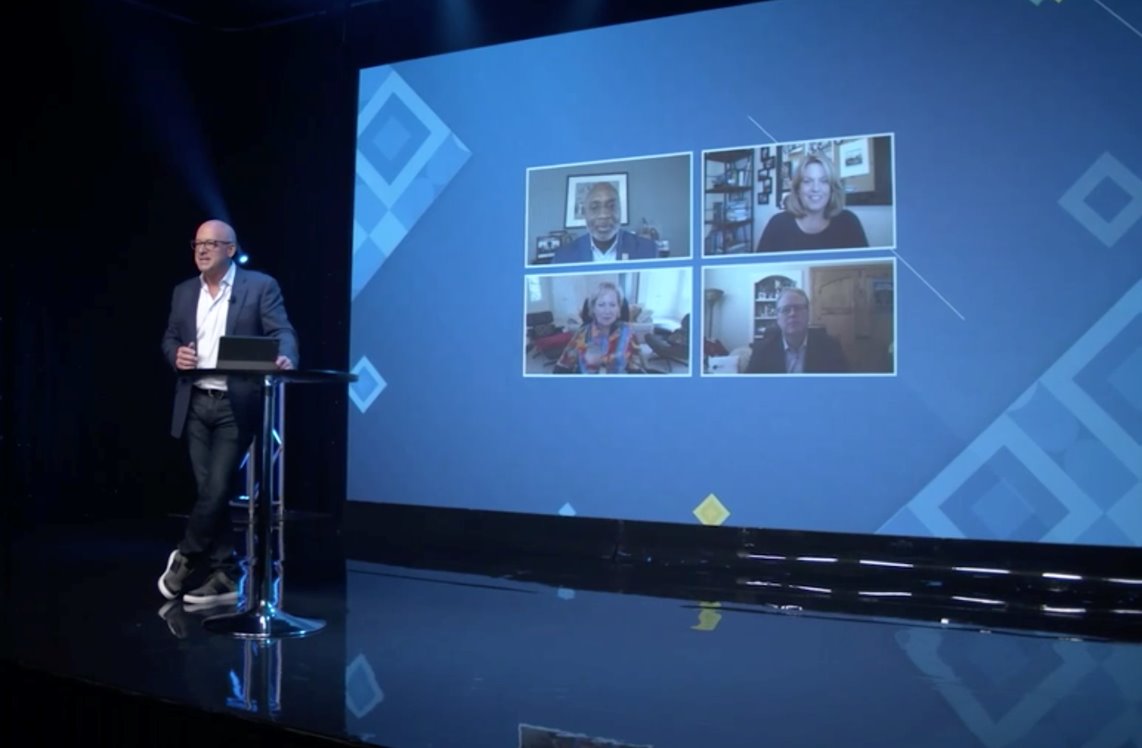Hybrid events, the dynamic fusion of in-person and virtual experiences, are rapidly becoming the standard for connection and engagement in our increasingly interconnected world. They offer the best of both realms, allowing organizers to reach wider audiences while still fostering the invaluable personal interactions that physical gatherings provide. However, the true magic of a successful hybrid event lies not just in the technological infrastructure, but in the thoughtful cultivation of dialogue between all participants, regardless of their physical location.
Imagine Sarah, attending a marketing conference in London, and David, joining from his office in Singapore. In a well-designed hybrid event, their experience transcends the geographical divide. During a keynote Q&A session, Sarah steps up to the microphone in the physical venue, posing a question about the latest social media trends. Moments later, David's typed question, submitted through the event's virtual platform, appears on the main screen. The speaker seamlessly addresses both inquiries, acknowledging the perspectives of both the in-person and virtual attendees. This simple exchange fosters a sense of shared experience, demonstrating that their contributions are equally valued.
The opportunity for dialogue extends beyond formal sessions. Virtual networking platforms, integrated into the event, allow Sarah and David to connect directly. They might find each other based on shared interests or industry roles. Through text-based chat, video calls, or virtual meeting rooms, they can engage in one-on-one conversations, exchange ideas, and build professional relationships, just as they might during a coffee break at a traditional conference. This direct interaction breaks down the barriers of distance, creating meaningful connections that could lead to future collaborations or shared learning.
Furthermore, hybrid events can leverage interactive elements to spark dialogue on a larger scale. Live polls, word clouds, and collaborative whiteboards, accessible to both physical and virtual attendees, can transform passive listening into active participation. Imagine a workshop where Sarah and David, along with other participants both in the room and online, brainstorm solutions to a business challenge using a shared digital canvas. Their diverse perspectives, contributed in real-time, enrich the discussion and lead to more innovative outcomes than would be possible in a purely physical or virtual setting. This collective dialogue fosters a sense of community and shared ownership of the event's content.
Ultimately, the success of a hybrid event hinges on creating an inclusive environment where dialogue flows freely between all attendees. By strategically employing technology and designing interactive experiences, organizers can bridge the gap between physical and virtual participants, fostering meaningful connections, shared learning, and a truly engaging event experience for everyone involved. The emphasis on two-way communication transforms a potentially disparate audience into a unified community, demonstrating the powerful potential of hybrid connectivity.





